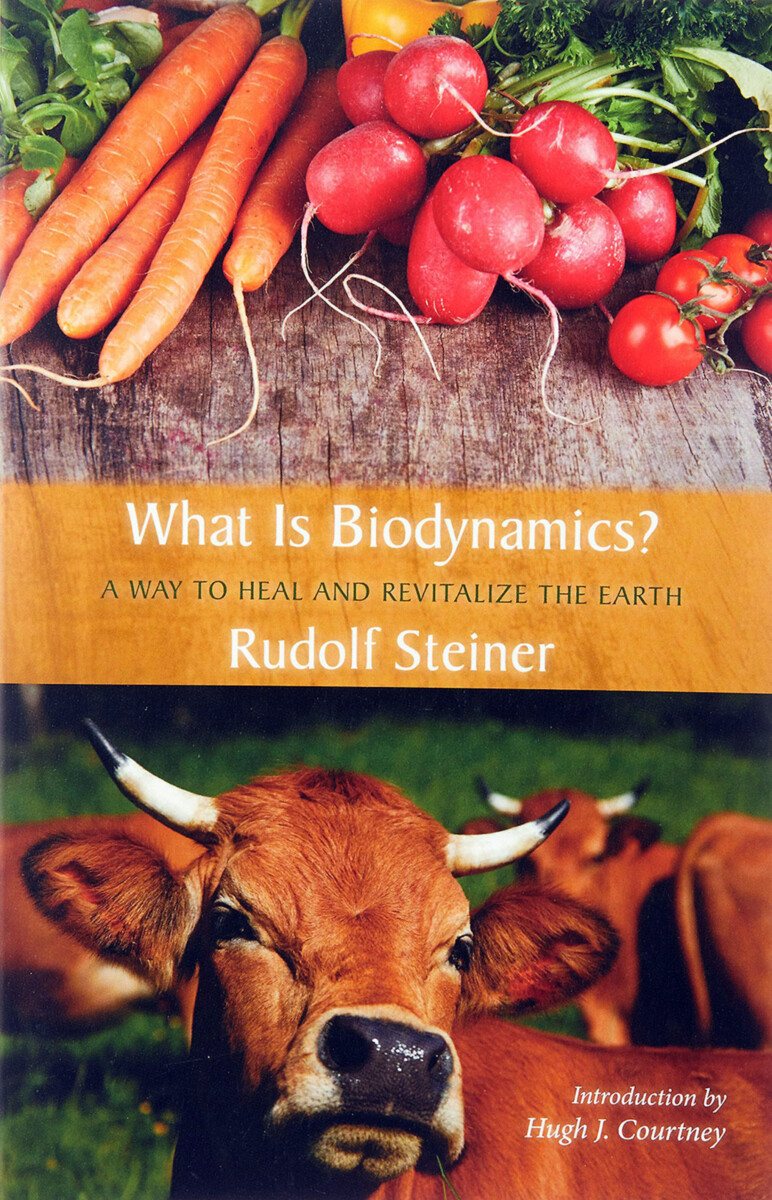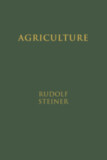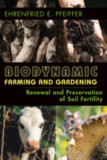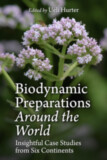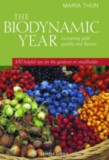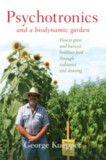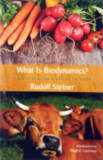What Is Biodynamics?
A Way to Heal and Revitalize the Earth
- Publisher
SteinerBooks - Published
1st November 2004 - ISBN 9780880105408
- Language English
- Pages 200 pp.
7 selected lectures by Rudolf Steiner
In 1924—in response to questions about the depletion of soils and a general deterioration of crops and livestock—Rudolf Steiner gave eight lectures on “the spiritual foundations for a renewal of agriculture.” Based on his suggestions and spiritual science, generations of farmers, gardeners, viticulturist, and researchers developed biodynamics as a healing, nurturing, holistic, ecological, organic, and spiritual approach to a sustainable care of the Earth.
Biodynamic methods consider the farm or garden to be a self-contained organism, embedded in the living landscape of the Earth, which is in turn part of a living, dynamic cosmos of vital, spiritual energies. The aim is to increase the health and vitality of the whole, including the farmer or gardener. The biodynamic practitioner follows an alchemical, transformative path of working with the Earth through the nine “homeopathic” preparations created by Steiner.
What Is Biodynamics? collects seven seminal lectures—four on developing a spiritual perception of nature and three from his Agriculture Course, dealing with the preparations. Hugh Courtney of the Josephine Porter Institute for Applied Biodynamics contributes an informative, passionate, and visionary introduction.
Whether you are concerned with the quality of agriculture and gardening in particular or have a broader interest in the ecological crises facing us today, this book offers a transformative approach that can truly change the way we live together on Earth.
C O N T E N T S:
“That the Earth May Be Healed”:
An Introduction to Biodynamic Agriculture, by Hugh Courtney
1. Spiritual Beings 1
2. Spiritual Beings 2
3. Elementals 1
4. Elementals 2
5. Agriculture 1
6. Agriculture 2
7. Agriculture 3
Further Reading
Rudolf Steiner
Rudolf Steiner (b. Rudolf Joseph Lorenz Steiner, 1861–1925) was born in the small village of Kraljevec, Austro-Hungarian Empire (now in Croatia), where he grew up. As a young man, he lived in Weimar and Berlin, where he became a well-published scientific, literary, and philosophical scholar, known especially for his work with Goethe’s scientific writings. Steiner termed his spiritual philosophy anthroposophy, meaning “wisdom of the human being.” As an exceptionally developed seer, he based his work on direct knowledge and perception of spiritual dimensions. He initiated a modern, universal “spiritual science” that is accessible to anyone willing to exercise clear and unbiased thinking. From his spiritual investigations, Steiner provided suggestions for the renewal of numerous activities, including education (general and for special needs), agriculture, medicine, economics, architecture, science, philosophy, Christianity, and the arts. There are currently thousands of schools, clinics, farms, and initiatives in other fields that involve practical work based on the principles Steiner developed. His many published works feature his research into the spiritual nature of human beings, the evolution of the world and humanity, and methods for personal development. He wrote some thirty books and delivered more than six thousand lectures throughout much of Europe. In 1924, Steiner founded the General Anthroposophical Society, which today has branches around the world.


